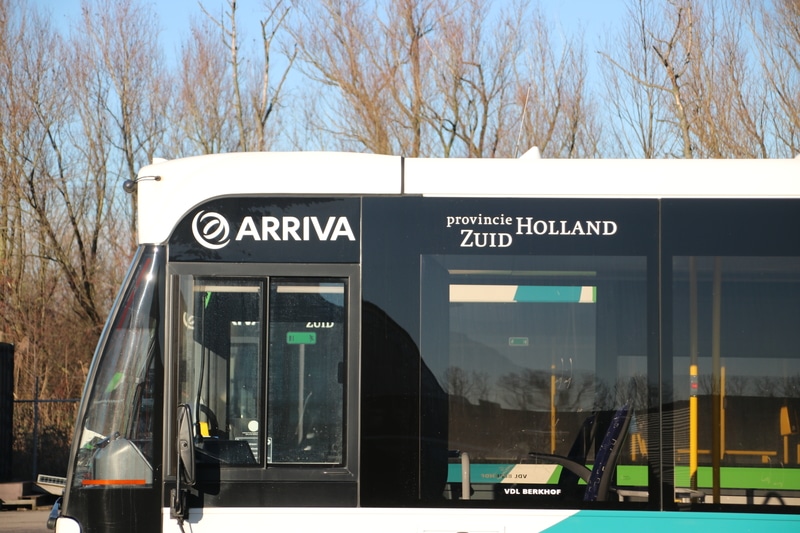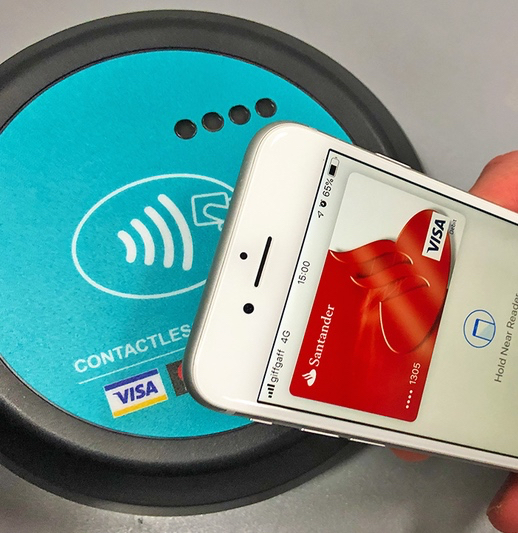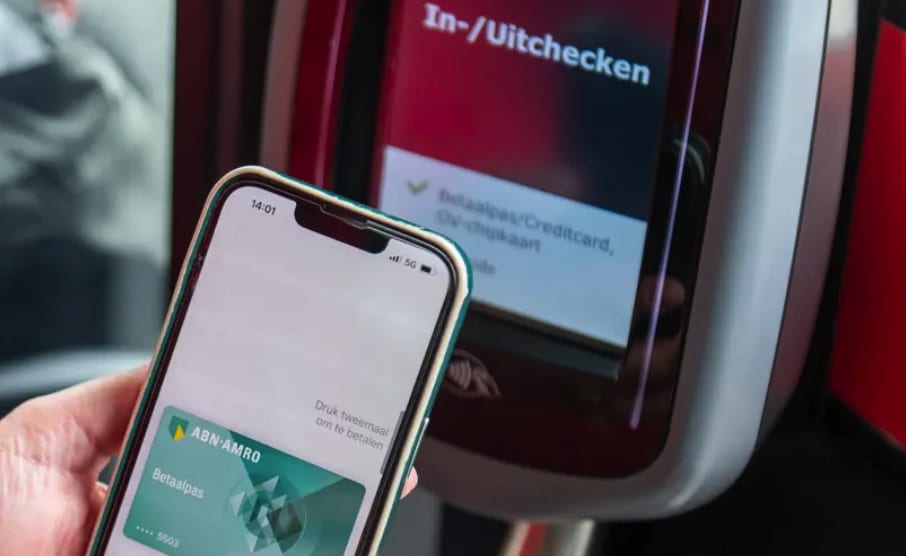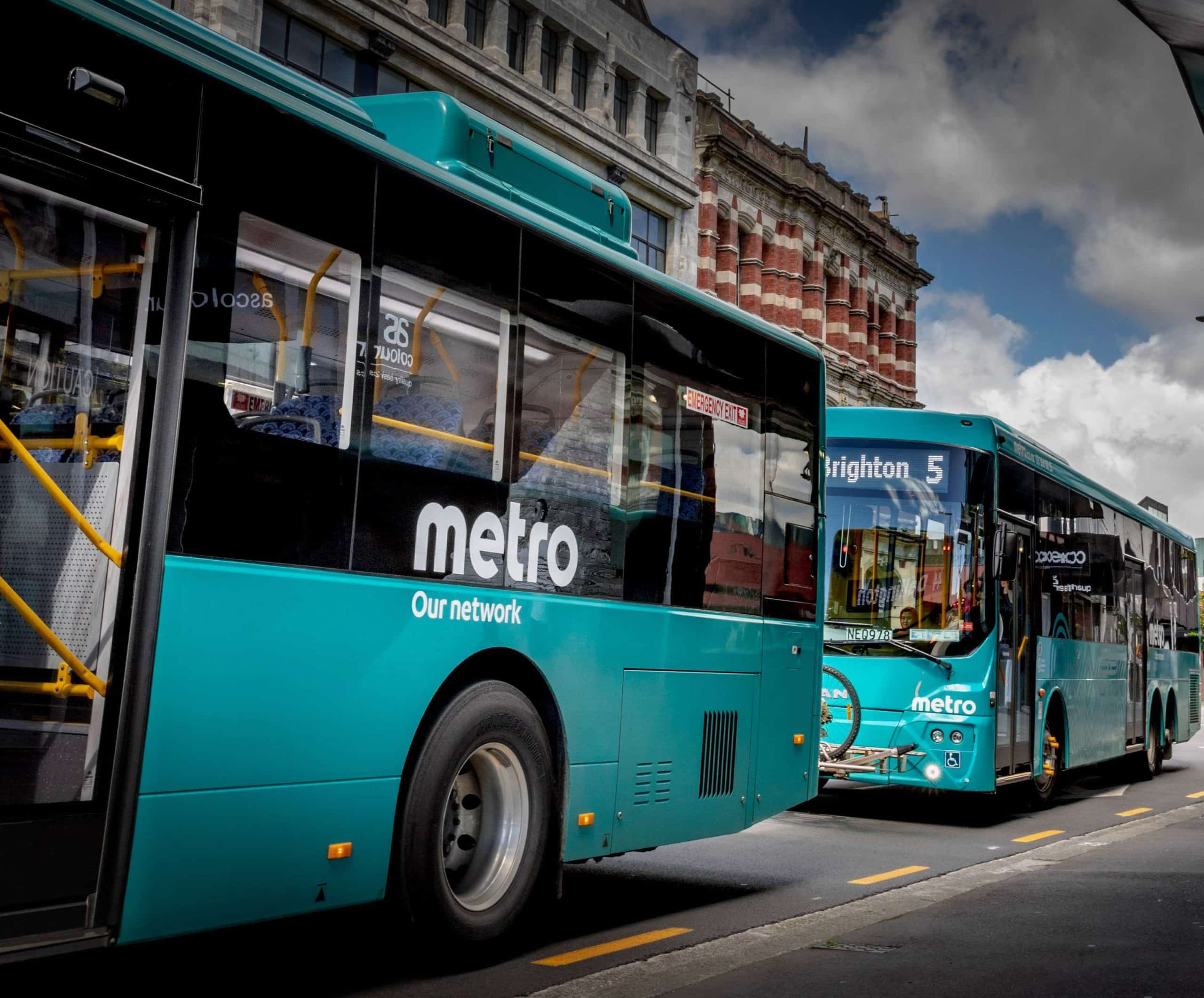
André Muller
Article Highlights
Key Takeaway:
Large European transit operator Arriva has launched its first MaaS app, in the Netherlands, and said it is looking to expand to other countries where it operates.
Key Data:
MaaS, generally defined as a single platform enabling users to plan, book and pay for door-to-door, multimodal transport, has been slow to roll out globally.
Organizations Mentioned:
• Arriva
• Moovit
Arriva, one of the largest private transit operators in Europe, has launched a mobility-as-a-service app in the Netherlands, using white-label software from Israel-based trip-planning app provider Moovit.


















